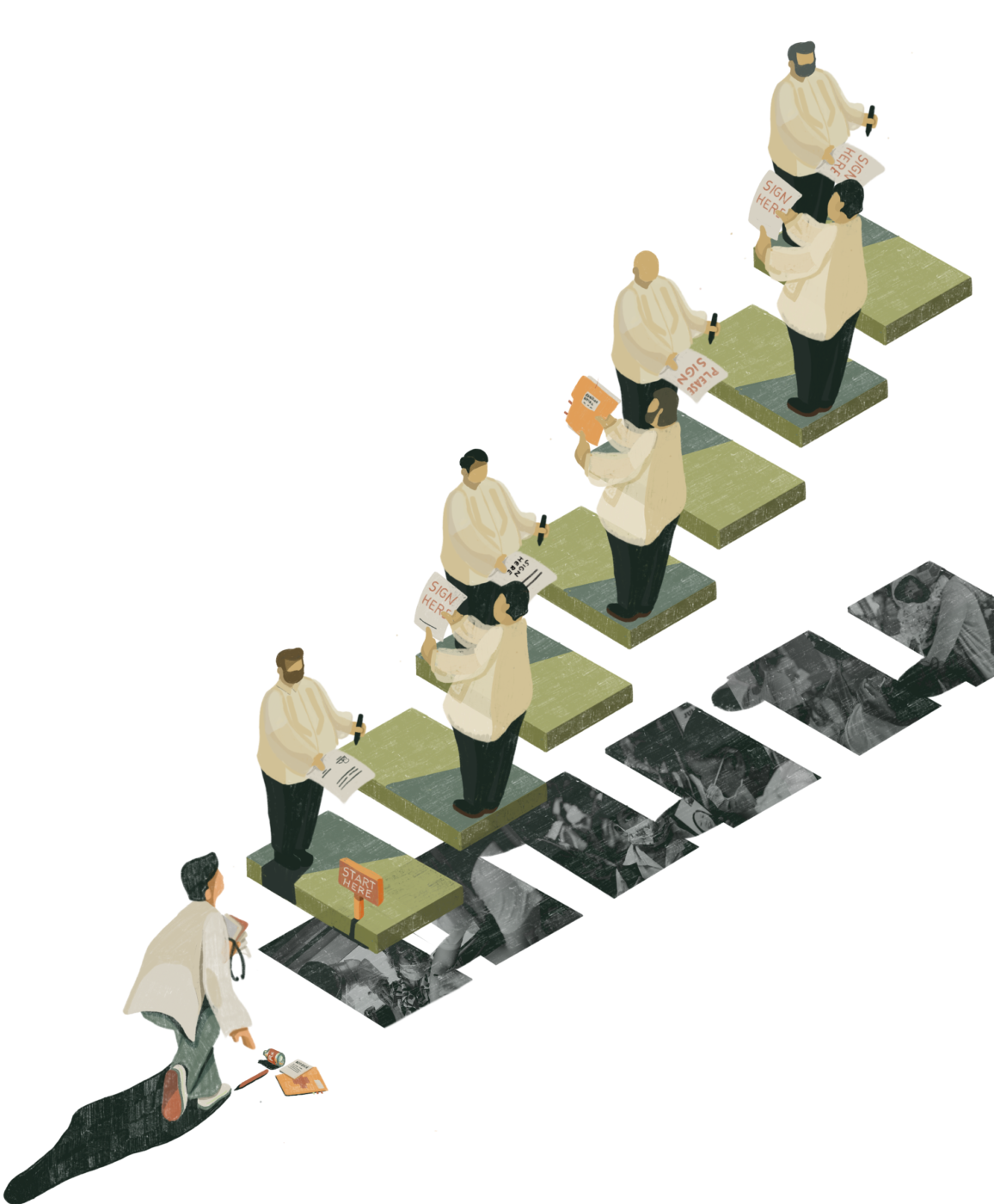AS CITIES reopen from lockdown and accomodate bigger capacities once again, urban designers reiterate that unsustainably planned cities bear culpability for the pandemic’s rapid spread. Now, the race to retrofit cities against future diseases must consider more than just technical ability—instead accommodating the broader civil hurdles of sweeping urban reform.
Models aimed at easing cities’ congestion—the most consequential manifestation of unsustainable planning—have been proposed on both local and international platforms. However, sustainable city planning has gone underutilized by LGUs prioritizing financial and political interests—often sidestepping public health concerns as a result. In an interview with Business World, architect Felino A. Palafox criticized the largely politician-led local COVID response and the lack of experts in areas such as urban planning in the decision-making process.
These same criticisms can be applied to the national pandemic response chiefly run by politicians and the militaristic Inter-Agency Task Force. These government-led recovery projects were put forth as early as May 2020 to loosen traffic congestion, retrofit public buildings, and implement structural changes to disincentivize viral spread in public environments.
However, in the second year of restrictions brought by COVID-19, the conditions of these major sectors largely remain unchanged—due partly to the lack of thoroughly trained planning experts in the COVID response, says Palafox.
Beyond ideation, these initiatives require material commitment to reap the benefits promised in their proposals. In an interview with CNN Philippines, Josephine Dionisio of the University of the Philippines Sociology Department notes,“Major structural changes such as the ones proposed in early 2020 would have to be implemented by both the government and the private sector.”
More than the presentation of sustainable planning, she adds that the challenge for these projects lies in the willingness of these institutions to invest their time and resources in these restructuring programs. These institutions, Dionisio says, are structured to favor centralized environments with high concentrations of people—a social work culture that acts as a hurdle for the aimed new normal. Lasting reform to curb the health concerns of this setup will only prove more difficult as cities reopen to a continued urban growth last seen in pre-COVID Metro Manila.
Thus, rapidly urbanizing areas such as those in Metro Manila must keep up with contemporary urban planning, ensuring sustainability with resilient and health-conscious environments. Work towards safe post-pandemic environments depends not only on the government’s proposed plans towards urban reform but also on the actions actually taken to bring these ideas to life. With the turn of a new administration, the responsibility now falls on a new set of hands to implement the necessary changes for post-pandemic urban planning to become a reality.




